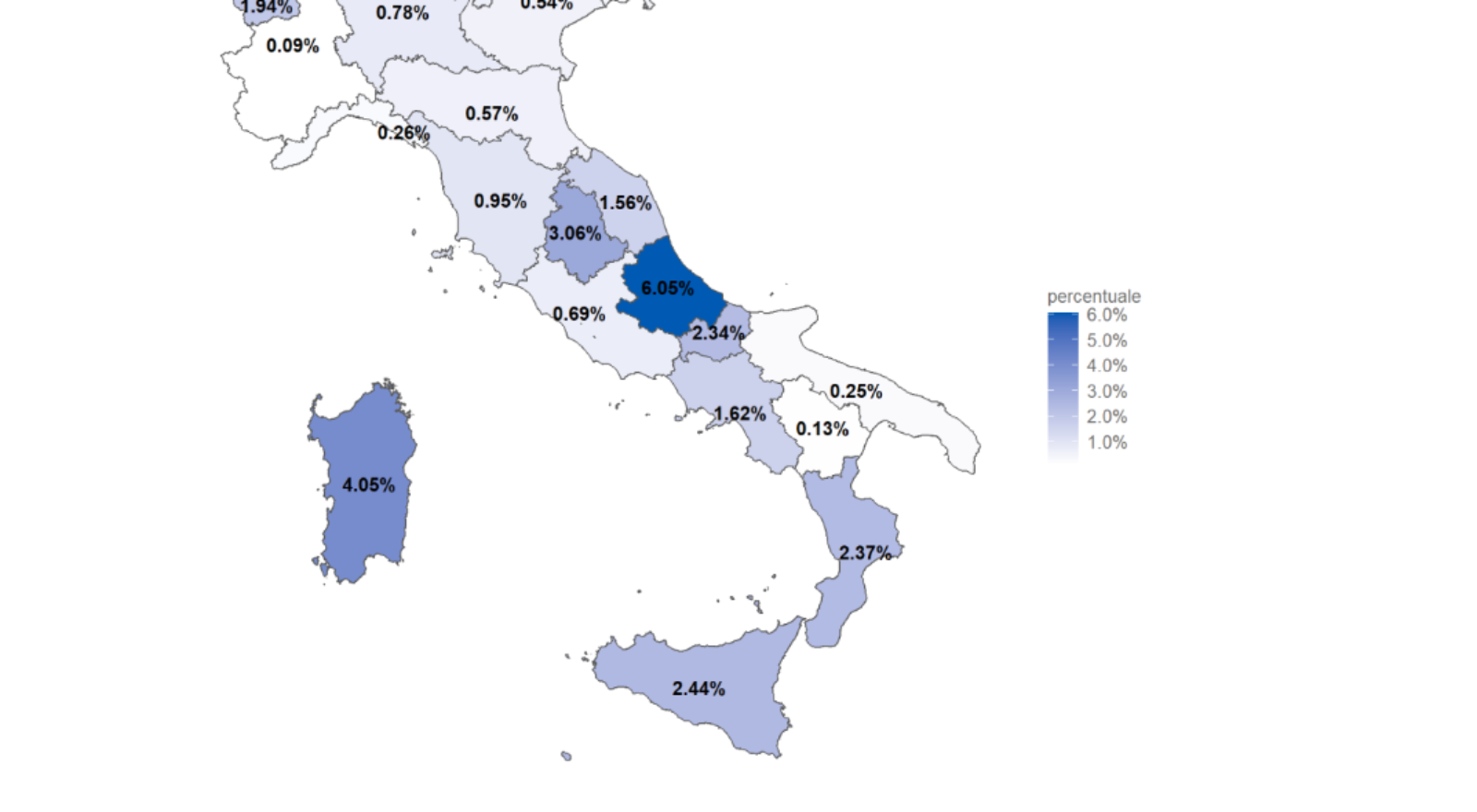The first bulletin on the distribution of variants in Italy is online
The report integrates the data on virus variants of public health interest circulating in Italy from the prevalence rapid survey conducted by the ISS in collaboration with Fondazione Bruno Kessler and the Ministry of Health, with those on the distribution of the same variants reported by the Regions and Autonomous Provinces (AP) and by the National Laboratory for SARS-CoV-2 of the Italian National Institute of Health (ISS) in the COVID-19 Integrated Surveillance System
The first bulletin on “Prevalence and distribution of the SARS-CoV-2 virus variants of interest to public health in Italy” is online. The report integrates the data on virus variants of public health interest circulating in Italy from the prevalence rapid survey conducted by the ISS in collaboration with Fondazione Bruno Kessler and the Ministry of Health, with those on the distribution of the same variants reported by the Regions and Autonomous Provinces (AP) and by the National Laboratory for SARS-CoV-2 of the Italian National Institute of Health (ISS) in the COVID-19 Integrated Surveillance System The bulletin will be published every fortnight, while the next rapid survey will be presented next Friday.
In the period from December 28, 2020 to May 19, 2021, a total of 23,170 cases of SARS-CoV-2 infections confirmed by viral genome sequencing were reported to the COVID-19 Integrated Surveillance System out of a total of 2,083,674 reported cases (therefore equal to 1.11%).
- The SARS-CoV-2 virus variant prevalently circulating in Italy is the VOC-202012/01 (so-called UK variant) – lineage B.1.1.7, characterized by high transmissibility.
- A wider spread of the P.1 lineage (so-called Brazilian variant) has been seen in some Italian regions.
- The prevalence of other variants of the SARS-CoV-2 virus of public health interest in our country is <1%, with the exception of the so-called Nigerian variant (1.17%).
- We need to continue to closely monitor the circulation of variants of the SARS-CoV-2 virus and in particular the presence of mutations attributable to greater transmissibility and/or associated with a potential immune escape.
